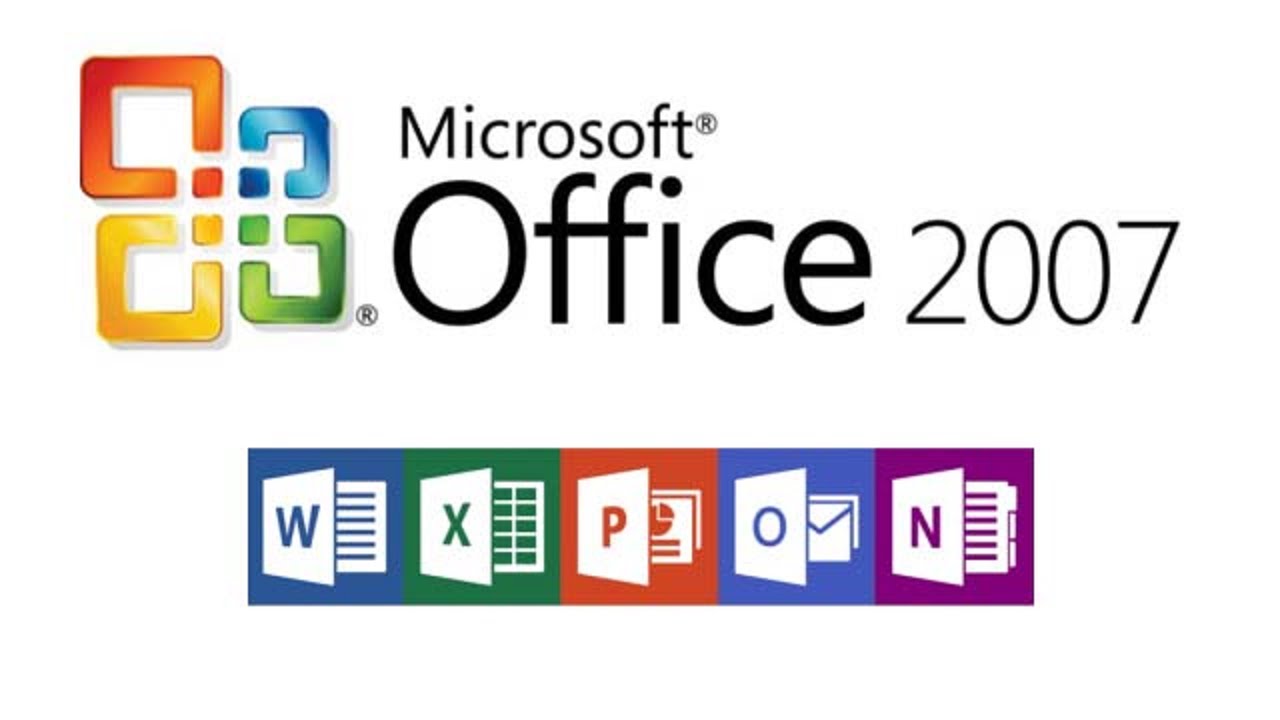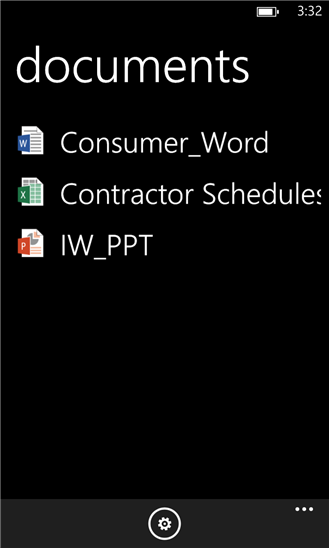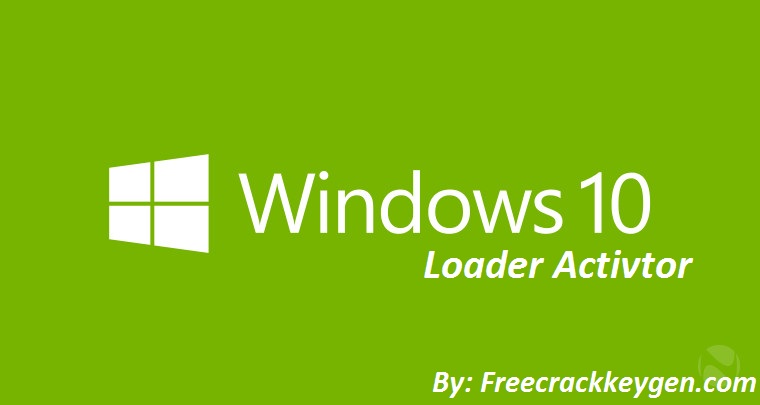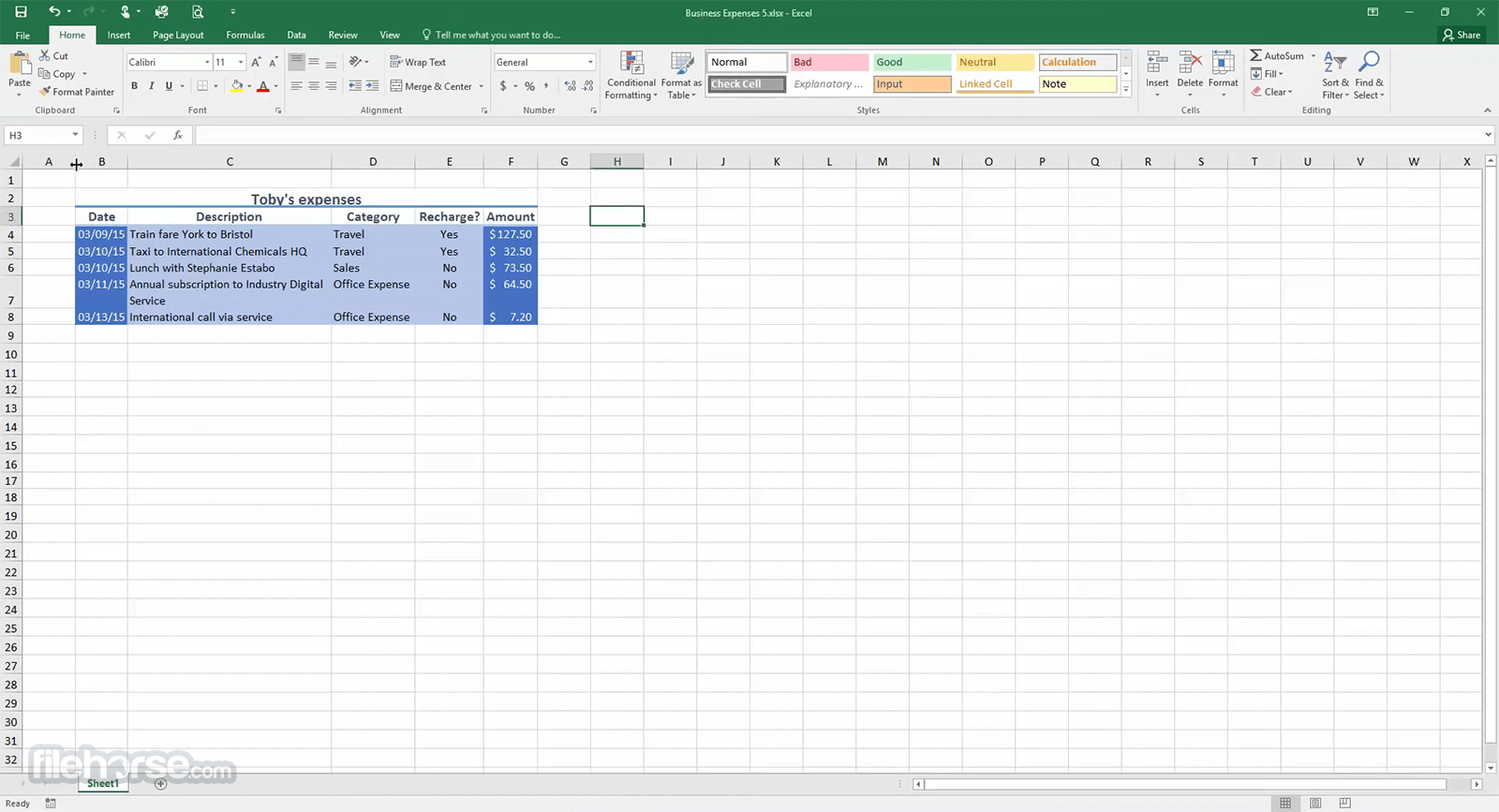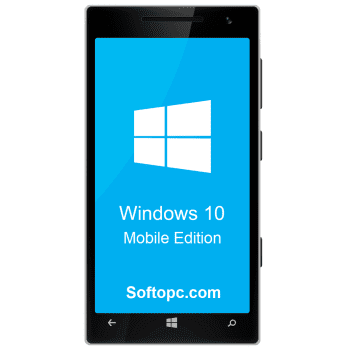Should I Update To Windows 11 Reddit Minor complaints aside, we like to see Microsoft giving its marquee software some attention. For the last few years, the company has focused more on its Azure cloud computing services—justifiably given that business's profitability. Windows 11 brings slick new looks, useful new tools, updated default apps, extra capabilities, and performance advances. Perhaps that's enough to lure away some Chrome OS users or Mac users.

No issues except for weird behavior with windows subsystem for android on my gaming rig. I have it installed on a Surface Book2, Surface Pro 4 and the gaming desktop. Windows 10 is a solid OS and windows 11 just brings some graphical tweeks for the most part. I don't care for the new start menu but it is servicible. Having the ability to run Android apps natively in windowed mode is game changing.

It has some bugs and will need some work to make it feel truely integrated, but it's a nice start. If your existing Windows 10 PC is running Windows 10 20H1 or later and meets the minimum hardware specificationsit will be able to upgrade to Windows 11. The upgrade rollout plan is still being finalized, but for most devices already in use today, we expect it to be ready sometime in early 2022. Not all Windows 10 PCs that are eligible to upgrade will be offered to upgrade at the same time.

To see if your PC is eligible to upgrade, refer to our knowledge base for a list of tested systems. Once the upgrade rollout has started, you can check if it is ready for your device by going to Settings/Windows Updates. Similar to how end users are notified when updates are available in Windows 10, end users will see an indication in the notification areas of the taskbar in the bottom right, that the upgrade is available. More information on how that is presented will be available at a later date. Additional desktop notification options may be also be added at a later date.

Anyone with one of the newer chips should have no trouble installing Windows 11 via Windows Update. Microsoft made a downloadable ISO disk image file for the beta Insider version available for installing Windows 11, allowing in-place upgrades or clean installations on a PC or in a virtual machine. A similar installation option is now available for the release version of Windows 11 via Microsoft's Download Windows 11 page. Voice access is a new experience that enables everyone, including people with mobility disabilities, to control their PC and author text using their voice. For example, voice access supports scenarios like opening and switching between apps, browsing the web, and reading and authoring mail. Voice access leverages modern, on-device speech recognition to accurately recognize speech and is supported without an internet connection.

Language only, so the Windows display language should be set to English-U.S., otherwise voice access may not work as expected. These performance issues included slow boots and slow response times when opening the Start Menu, launching apps, playing games, and performing pretty much all of the basic functions of the operating system. In general, Windows felt "laggy" after installing the updates. Many games that use Anti-cheat tools also have started relying on Windows 11 security features to provide fair gameplay. While these games still work on Windows 10, it is only a matter of time before Windows 11 ends up becoming a requirement.

As for whether someone running Windows 10 should upgrade to Windows 11, it depends on what they want from their OS. Microsoft will provide Windows 10 with updates, bug fixes and security patches through 2025, so there's no pressing need to spend a ton of money to buy a new PC to update to Windows 11. However, the refreshed look and the additional features make it an enticing proposition. In the end, people with a compatible PC should update to Windows 11 because of all the goodies it offers. However, those with older and unsupported devices need not despair because Windows 10 is still plenty good for years to come. The most significant visual changes in Windows 11 are the new Start Menu and the centralized Taskbar, much like Chrome OS and macOS.

Windows 11 also comes with improvements in multitasking, and there's also better support for external monitors, something that a lot of Windows 10 users clamored for. Microsoft also claims that Windows 11 is better in terms of memory management than any of its prior operating systems. It is also said to be 25-percent faster when waking up from sleep. Windows 11 also includes multiple new features for gamers, such as Auto HDR, which makes games look more vibrant, and Direct Storage that helps graphics cards and SSDs communicate faster.

Most of all, Windows 11 comes with Android app support, which can allow users to run their favorite mobile apps and games right on their PC. Microsoft has released the first preview version of its Android apps support in Windows 11. It's available to testers in the Beta Channel version of Windows 11, which means you'll need to opt into the Windows Insider program to get access. I've installed the preview version on two systems — a gaming rig with a Core i K and Microsoft's Surface Pro X — to get a feel for exactly how well Android apps run on Windows 11.

If the Microsoft Surface family of products isn't your style though, other brands like Dell, Asus and HP have all released pages online that specify what devices are Windows 11 ready. Note that many won't come with the new operating system installed, but as they all meet the minimum system requirements, you can simply buy the laptop or 2-in-1 as normal and then update it yourself. As with Windows 10, you can let the company know what you'd like to see added to the software in a dedicated Feedback Hub app, and you may be surprised at how often it listens. Anyone can sign up for preview builds of the OS through the Windows Insider Program.

This lets you experience new features before they're available for general release. The next major update, 22H2 is expected to add Start menu options along with some redesigned stock apps. I like the new looks, the huge upgrade to the settings app, and I actually kind of like the tile-free start menu.

Plus the edge swipe gestures are a major downgrade for tablet users, at least for me. I'm going to tough it out and see if MS can iron out some kinks. Have just installed it on my sisters old laptop that has a keyboard controller issue so some of the keys don't work.

4th Gen i5, 8GB, touch screen and yes 🤦🏻♂️, my god yes a 1TB HDD with 7 partitions on it as it still has the Win 10 install on it also. Shrink the main partition with 250GB I allocated for Win 11 Pro. So far is running no issues and installing drivers and updates fine. This laptop is my tinker system for using for downloads and testing.

Other than that, it feels like a badly reskinned windows 10, menu options are less and the start menu is huge with no decent customisation or pinning apps. Live Tiles in the Start Menu and Microsoft's Cortana voice assistant are also not part of the Windows 11 experience by default, although most people would consider that a positive rather than a negative. Other missing features in Windows 11 include the Math Input Panel, Multi-App Kiosk Mode and the newly launched News & Interests section. However, none of them are so critical that they would prevent users from updating. What can, however, create a massive headache is an upcoming change that would require users to sign-up for a Microsoft account to install Windows 11. While it was already a requirement for Windows 11 Home, users will also need it for Windows 11 Pro.

File Explorer is a good example of Windows 11's new look, particularly its updated left panel controls and folder icons. Note the simplified ribbon along the top, which is far less busy and distracting than the previous File Explorer's. The New button at the top left works for new folders or documents supported by your apps, and the same viewing options for files are available. The overflow menu offers file compression, selection, and Properties options, as well as the old Folder Options dialog. The right-click context menus, which have grown longer and longer over the years, get shorter, smarter, and clearer in Windows 11.

Either your PC already meets Windows 11's hardware requirements or you've decided to buy new hardware that does. Both scenarios mean you can skip the hunt for a physical TPM. Your CPU already includes a firmware version of TPM 2.0—it just needs to be enabled in your BIOS settings before you install Windows 11. Look for "fTPM" for AMD Ryzen processors and Platform Trust Technology for Intel Core processors. Also make sure your BIOS is set to firmware TPM and not discrete. Vera is an editor of the MiniTool Team since 2016 who has more than 5 years' writing experiences in the field of technical articles.

Her articles mainly focus on disk & partition management, PC data recovery, video conversion, as well as PC backup & restore, helping users to solve some errors and issues when using their computers. In her spare times, she likes shopping, playing games and reading some articles. One of the handy tools that Microsoft first introduced with Windows 10 is the Xbox Game Bar. It's gained features since release, and now can record gameplay videos, tweak PC settings, and monitor your hardware's performance.

Windows 11 is out, and PC players are wondering if it's good for games. A new OS can bring cool new features , but it can also bring performance and compatibility issues. Previous Windows releases have wreaked havoc on gamers, so many are wondering if they should take the plunge and upgrade to Windows 11 or stick with Windows 10. We'll examine on whether or not Windows 11 is good for gaming at launch and what features it brings.

That's how you can install Windows 11 on unsupported hardware. These methods aren't all of the possible ways to get Windows 11 installed, but they're probably the easiest . Of course, there's no guarantee this tutorial will continue to apply to Windows 11 as new previews and the final version are released. Windows 11 is a free update for Windows 10 users, although there are stringent system requirements to upgrade to the new OS. While there are ways to circumvent those requirements, Microsoft doesn't take such workarounds lightly and has started warning users who have installed the software on unsupported hardware. Microsoft has designed Windows 11 for newer systems.

As such, you're less likely to run into performance issues and bugs. For new users, Windows 11 will seem like a good option with the new design. You get rounded corners, a departure from the sharp edges we've seen in Windows for a long time. The Start Menu is now cleaner, featuring pinned apps and a recommended tab that shows you files based on your recent usage. The desktop more or less stays the same, but the right-click menu gets a simplified look, with the most common options like cut, copy, paste, and rename, at the top in a grid. The Cortana AI voice assistant isn't preinstalled on Windows 11 systems by default, but it's still available in the app store.

Live tiles are gone, too, with Widgets now replacing their functionality. For example, Windows 11 has new Contrast themes, redesigned closed caption themes, and AI-powered Windows Voice Typing. The new OS also adds APIs for programming assistive apps, and even the Windows Subsystem for Linux now has accessibility options. In addition to apps you can get in the Store, you also get standard apps like an updated Photos app, the FLAC-capable Groove Music player, Voice Recorder, two Paint apps , Mail, Calendar, and so on.

We can hope for the last two mentioned to be greatly improved as Windows 11 development progresses. In the initial release, we still have the existing apps, albeit with rounded corners, but new versions will be based on the excellent Progressive Web App versions of Outlook.com. Microsoft has already started including the updated Paint app (though I've started to enjoy the modern Paint 3D), as well as new versions of Notepad (with a dark mode!) and the Calculator. One of the more irksome things about Windows 10 is its inconsistent settings windows and dialogs. Sometimes you uninstall a program in the new Settings app, sometimes in the antiquated Control Panel. That inconsistency goes away in Windows 11—almost entirely.

For some detailed controls, such as sound devices, you still see the content in the old style, though the window uses the new design. For those not in the know, VBS uses hardware virtualization capabilities to isolate certain security features in memory. This secure enclave prevents any vulnerabilities in the main OS from affecting these functions. For instance, kernel mode code integrity uses a VBS feature called Hypervisor-enforced Code Integrity to check if all kernel mode drivers are properly signed or not before loading into memory. Another security feature, actually yes advanced, is HVCI (Hypervisor-Enforced Code Integrity), which uses VBS to strengthen code integrity checks.

Specifically, the technology aims to scan drivers, binaries, and system files before they are launched, again in a virtual memory managed by the Windows hypervisor, to prevent the execution of malicious code. Microsoft offers several ways to download Windows 11 manually. One is to use the Installation Assistant app, which you install on your PC to trigger a normal upgrade install via Windows Update. The second is to use the Windows 11 Media Creation Tool, which automates the process of creating a bootable USB install drive or downloading an install ISO file.

Once you have a USB drive, you can either boot from it to perform a clean install or run the Setup app from within Windows 10 to do a normal upgrade install. You can also burn the ISO to a DVD, but installing from any USB drive, even an old USB 2.0 drive, will be much faster, so you shouldn't do that. Finally, you can just download an ISO file directly from Microsoft's site.

There have been a few reported performance issues with Windows 11. The most prominent one causes a performance drop on AMD Ryzen systems. An update seems to have fixed this issue, which was related to the L3 cache. However, Hardware Unboxed has discovered another issue with Windows 11 and AMD CPUs, also related to the L3 cache. This issue requires you to reinstall Windows 11 if you're swapping the CPU in your system.

This isn't really something most users will do though. So it can't count as a general strike against performance in Windows 11. For long-time Windows users, this update may cause a few annoyances. For example, the taskbar can no longer be resized or moved.

The start button resides in the center by default, although you can move it back to the left. Also, the right-click menu hides away some menu options, like some app-specific functions you get with apps like Winrar, or some other Windows options like Troubleshoot compatibility. Windows 11 is a free upgrade, but the minimum system requirements are quite a bit higher than ever before. Microsoft calls Windows 11 the most secure Windows yet, and that tag comes at the cost of backward compatibility.

Trusted Platform Module 2.0, aka TPM 2.0, is one of those requirements. A couple of years later, I traversed to the professional Counter-Strike 1.6 scene. After the competitive ERA, I managed to find the gaming industry amusing and started working on FGR. My mission is to lurk and discover secrets, create guides and provide you with some important news.

I mostly play FPS and love experimenting in good MMORPGs. Since the moment I swapped to Windows 11, I just couldn't get a break. While I believed it's an actual juicer of an OS, I was also aware of the consequences of updating my Windows.





































